
If you're an average-size human, your head probably weighs between 10 and 11 pounds. When you realize that's heavier than the average newborn, you can understand how hard the seven neck vertebrae and surrounding small muscles, tendons and ligaments have to work to support your head.
When you move your head from a neutral, upright position to a forward tilt — say to look down at your smartphone, tablet or laptop — the pressure placed on your neck more than quadruples. The frequent daily use of digital devices and large numbers of people working remotely has led to significant increases in back pain, shoulder pain and tech neck, a condition also known as text neck or computer neck.
What Is Tech Neck?
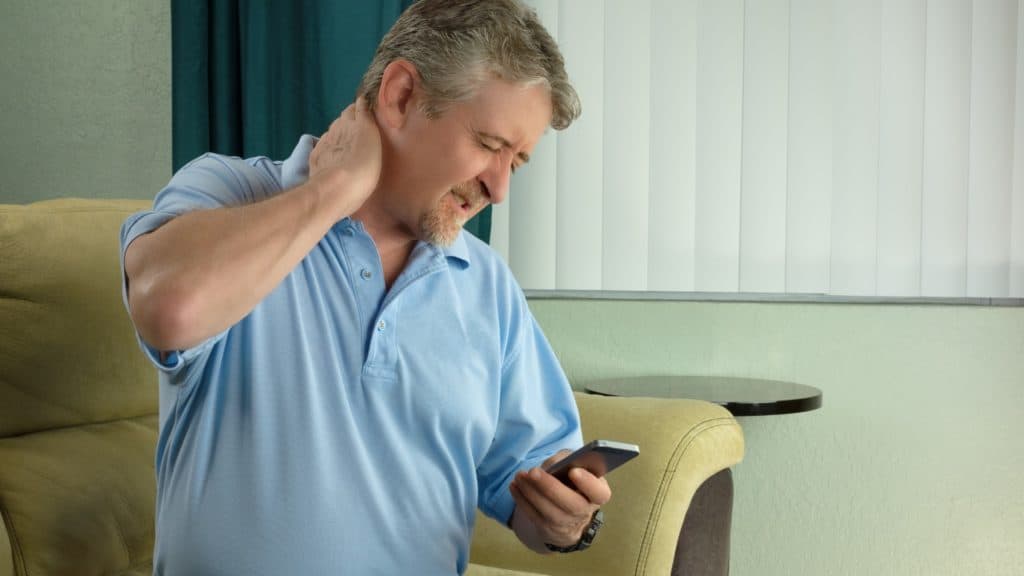
"Tech neck" refers to repetitive strain injuries associated with the use of screen technology. It can cause cervical spine misalignment and spinal nerve irritation and inflammation, and it can limit your ability to move your head and neck comfortably. Sitting in front of a computer all day can also weaken upper body muscles, making it harder to maintain good posture, which further exacerbates the symptoms of tech neck.
How Do You Know if You Have Tech Neck?
A telltale sign that you may have tech neck is a worsening pain when you look down at your phone or tablet. You might notice more neck stiffness in the morning or have a harder time turning your head from side to side comfortably. It's not unusual to experience headaches, jaw pain or muscle spasms at the base of the neck.
Schedule a consultation with your medical care provider as soon as possible to confirm the diagnosis. You'll undergo a physical exam and a medical history review, as well as a detailed overview of your symptoms and lifestyle habits.
A comprehensive evaluation is important because it helps your doctor, chiropractor or physical therapist rule out other back and neck conditions that present with similar symptoms. These include spondylosis, which is especially likely if you're over 60 and have a tech-related occupation that causes neck strain, and cervical disc herniation. If your doctor suspects something more serious is causing your neck pain, they may order X-rays and other imaging tests.
How Common Is Tech Neck?

With approximately 75% of the world's population hunched over handheld devices for hours every day with their heads flexed forward, the 21st-century condition known as text or tech neck is increasingly common. And it's not just an adult or office-worker syndrome. Children and adolescents spend up to seven hours a day on their smartphones and handheld devices, and the flexed-forward position of their heads puts excessive stress on the cervical spine region.
According to the Pew Research Center, in 2021, approximately 31% of U.S. adults reported they go online "almost constantly." This is a 10% increase from the 21% reported in 2015. The ongoing rise in remote work (25% of all professional jobs in North America are projected to be remote by the end of 2022) means more people are working from the comfort of sofas, beds and recliners, paying the price in neck pain for not using an ergonomic workstation with an appropriate chair, desk and computer setup.
How Serious Is Tech Neck?
In 2014, before the global pandemic and the steep rise in remote work, Kenneth K. Hansraj, chief of spine surgery at New York Spine Surgery & Rehabilitation Medicine, called the prevalence of forward head posture "an epidemic." He also stated, "These stresses may lead to early wear, tear, degeneration and possible surgeries."
If left unchecked for too long, tech neck may even result in the loss of the natural curve of the spine. Other potential complications include:
- Compressed or worn discs that bulge or rupture
- Muscle damage
- Arthritis
- Pinched or damaged nerves
This is why it's essential to seek medical care as soon as the signs and symptoms of tech neck appear.
What Are the Symptoms of Tech Neck?
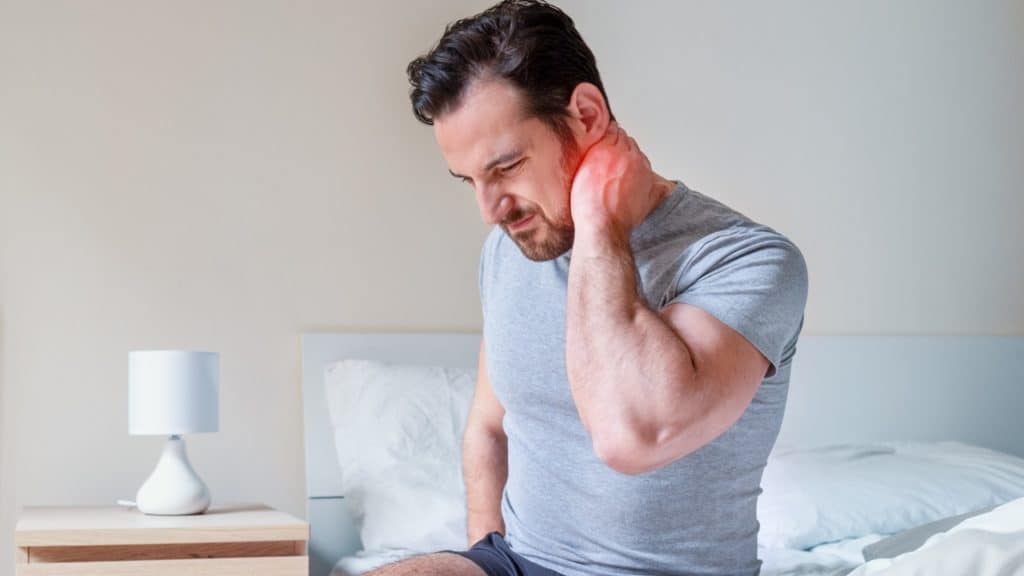
Some people may initially experience mild or intermittent symptoms, but as tech neck progresses, the pain and frequency often increase. Commonly reported symptoms include:
- Intense sharp pain localized in one spot that worsens when you look down
- Generalized aching across the neck, shoulders and upper back
- Neck stiffness and reduced mobility
- Numbness, tingling or weakness in arms or hands
- Jaw pain or temporomandibular joint (TMJ) problems
- Headaches
Which Muscles Are Affected by Tech Neck?
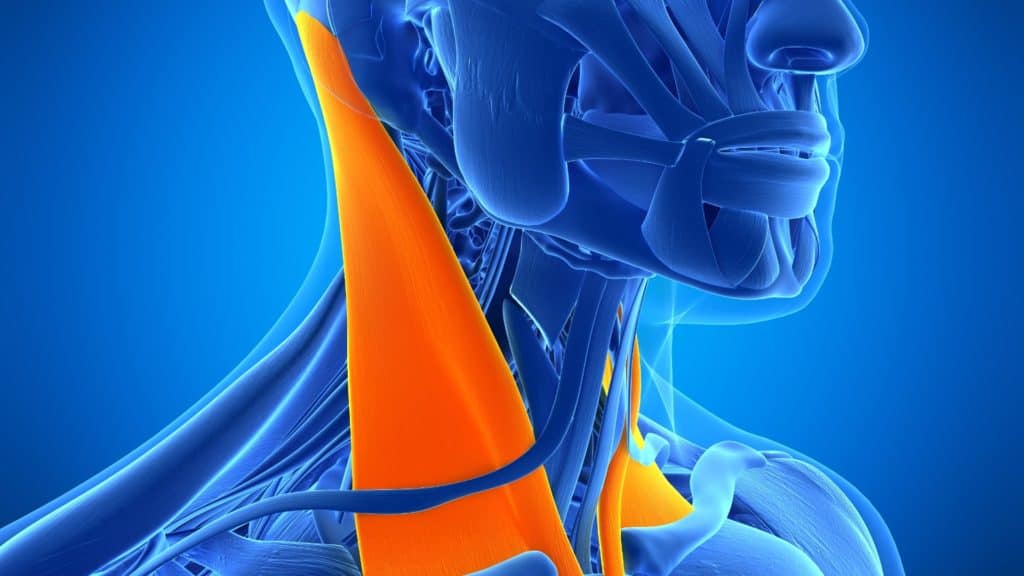
There are more than 20 muscles in the human neck region that support and stabilize the head and upper spine. Several of these voluntary skeletal muscles found in the front, back and sides of the neck can be stressed by the almost 50 pounds of pressure put on your cervical spine when you look down at a 45-degree angle.
Neck muscles most likely to be affected are:
- Sternocleidomastoid — a large anterior muscle in the front
- Splenius capitis and splenius cervicis, suboccipital and transversospinalis — posterior muscles in the back
- Rectus capitis anterior and rectus capitis lateralis, longus capitis and longus colli — lateral muscles on the sides
Can Chiropractors Fix Tech Neck?
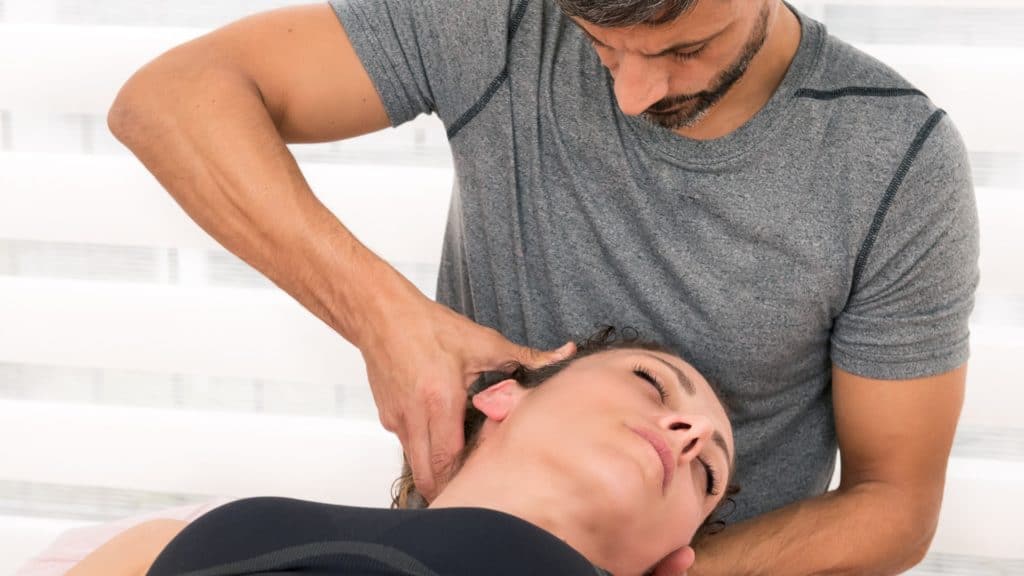
A skilled chiropractor can help relieve the pain and stiffness associated with tech neck by realigning the cervical spine. Regular chiropractic adjustments also help relax tight muscles in the neck and upper back, returning your body to its optimal, natural state.
How Do You Treat Tech Neck?
The specific symptoms your tech neck causes will dictate the method and duration of treatment. You might need to try several modalities, using a multipronged approach.
In addition to chiropractic care, you may benefit from acupuncture treatments, massage and/or physical therapy. Laser therapy can be a helpful addition to a tech neck healing protocol. If conservative treatment methods don't bring significant and lasting relief, your health care provider might recommend a minimally invasive neurosurgery procedure.
Some people find over-the-counter pain relievers and topical gels with anti-inflammatory properties helpful for controlling symptoms of tech neck. There are also many handheld instruments designed to massage the neck muscles, as well as low-level laser therapy (LLLT) devices for at-home use that may help alleviate pain and inflammation. Alternating heat therapy sessions to relax muscles with ice or cold compresses to reduce swelling can also be beneficial.
Can Tech Neck Be Reversed?
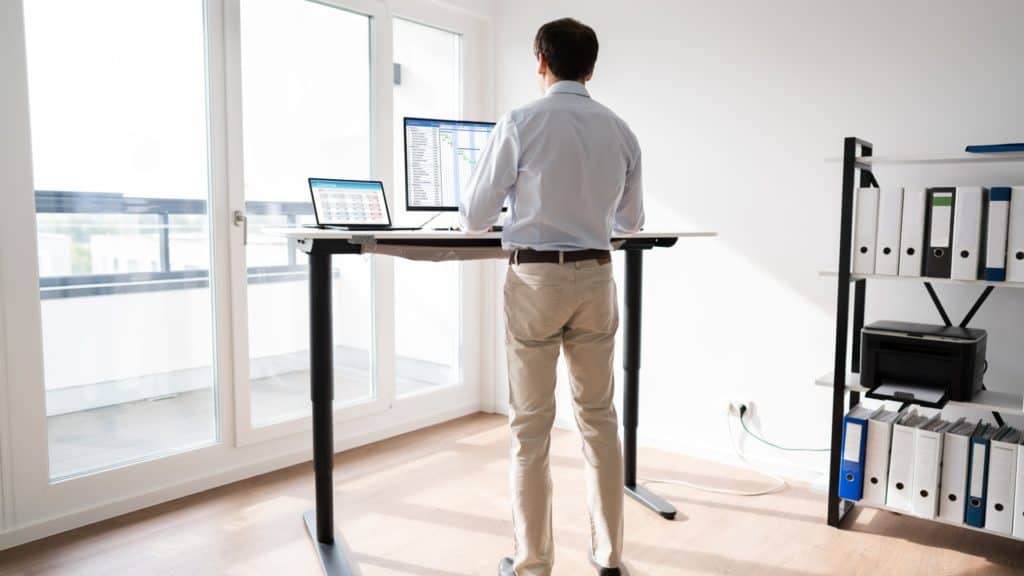
Based on the severity of symptoms and how advanced the condition is, it might be possible to halt the progression of tech neck and maybe even repair some of the damage. You and your medical provider will determine the optimal course of treatment based on periodic assessments.
There are many at-home exercises and stretches you can perform to help make your neck stronger and more flexible. Adopting new lifestyle and work habits that are more neck-friendly can also make a big difference in your comfort level and recovery. Some of the things you can do include:
- Standing up and moving around every 30 minutes when you're working or playing games on your computer
- Keeping your phone and screens at eye level
- Investing in an ergonomic desk chair with firm neck support
- Using a standing desk for part of the workday
- Practicing proper upper-spine posture, aligning your ears with your shoulders while keeping the shoulder blades pulled back
How Long Does It Take To Get Rid of Tech Neck?
Some people can effectively treat the stress injury resulting from tech neck with a four-week rehabilitation program that includes active and passive stretches, muscle strengthening, posture retraining and a home-exercise program. Those with more severe symptoms may need to use a combination of modalities and commit to a care regimen that spans several months.
For a multidisciplinary approach to treating the pain associated with tech neck and preventing re-injury, contact us at (732) 653-1000 or book an appointment. We offer world-class, expert care at our 11 New Jersey locations.


